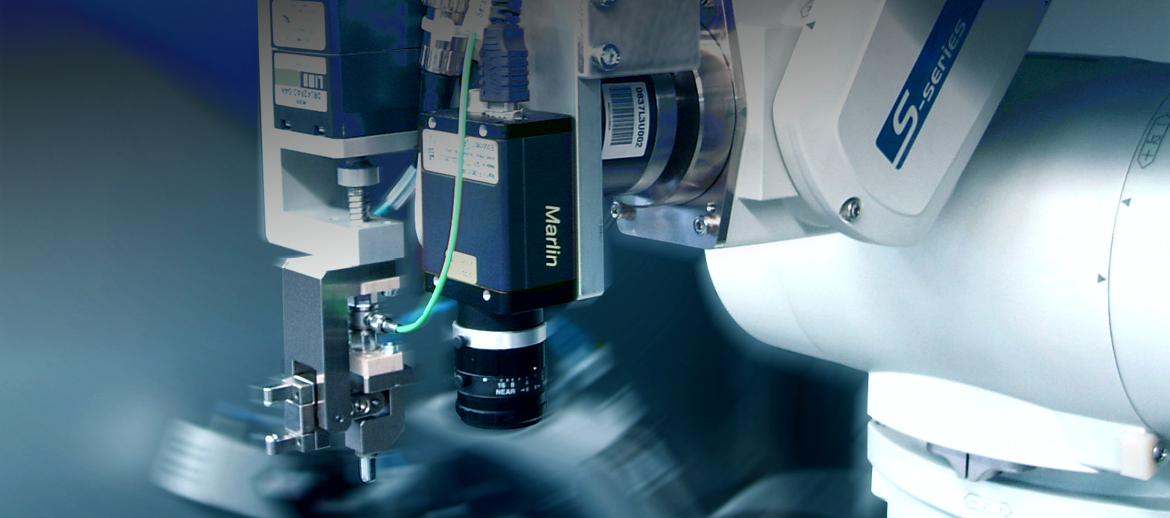
Test systems from SOMA
Margin pressure and ever stricter specifications are forcing every company to work as effectively and efficiently as possible. The "zero defects" requirement is the starting point of targeted test methods for fault detection and prevention along the entire value chain.
Automation solutions from SOMA
Especially high volume producers of highly innovative products have to include a series of potential influencing factors, such as fluctuations in customer call-offs, dynamic prioritisation of product variants, shifting production to other locations, etc, within their resource planning and use these as a basis to determine their automation strategy requirements.